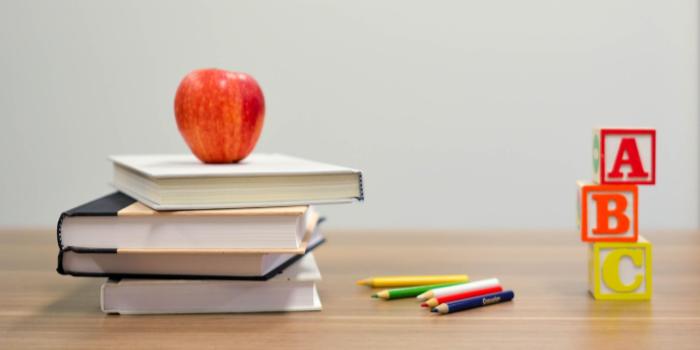
Barriers to technology integration in K-12 classrooms
The 90s were a time of creativity with innovations such as e-commerce, the Hubble Space Telescope and the resurgence of double denim. With such abundant creativity, one could be forgiven for missing the ground-breaking classification developed by Purdue University’s Peggy Ertmer in 1999. An expert in learning design and technology, Ertmer identified two categories of barriers teachers face when integrating technology into their classroom practice.

External Barriers
Scarcity of resources, such as equipment or class time, can block technology adoption in classrooms. Teachers may feel impeded by a lack of collegial or managerial support or they may require additional training. These ‘ first-order’ barriers are external to the teacher and are usually easy to measure and address. For example, schools can purchase additional laptops or tablets through fundraising, teachers can seek professional development opportunities, and principals can introduce policies to encourage collegial support and technology adoption.
Internal Barriers
Teachers’ attitudes and beliefs towards teaching and towards technology are less visible and therefore, more difficult to address. These ‘second-order’ barriers include the teachers’ perception of their role as the teacher, their students role as a learner, and how technology does or does not support these beliefs. These internal barriers are deeply rooted in a person’s psyche and they often go unchecked and unchallenged. Research has shown that these are the barriers that we need to address if we want to see significant improvement in the integration of technology in our schools.
Since 1999, not much has changed. New technologies have arrived and Irish teachers are still finding it difficult to adopt practices that foster effective technology integration. The relationship between teachers and their internal barriers to integration is complicated, to say the least. Ertmer identified three possible strategies for addressing these barriers.
Modelling
The first strategy is to model the technology: demonstration by experts and peers highlights the appropriate use of certain technologies reducing teachers’ apprehension towards these new technologies.
Reflection
An important tool that teachers under-utilise is reflection. The process of critical self-reflection allows teachers to refine their instructional strategies to suit the needs of their students. With technology, teachers should engage in critical self-reflection to assess whether or not a particular tool is addressing the needs of their students. Only then can they make an informed decision on an appropriate integration strategy.
Collaboration
The final strategy is collaboration. By engaging with peers and experts, teachers can develop shared visions for the use of technology and become empowered to utilise the technology to its fullest potential. One method of collaboration that has shown promise is co-design, which has been successfully applied by Eleni Kyza at Cyprus University of Technology in second-level science teachers’ professional development.
Uncovering hidden beliefs
If we want Irish teachers to successfully integrate technology into their teaching practices, we must address the internal, as well as the external, barriers to adoption. The challenge is identifying how to effectively reduce these barriers. One area which has shown to be effective is targeted professional development. Enhancing teachers’ awareness of their own unconscious beliefs around teaching and technology will be central to future successful integration. These hidden beliefs powerfully impact teachers’ motivation and behaviour in implementing learning technology in classrooms.
In my next post, I will discuss how to structure professional development to incorporate strategies for attitudinal change to address those persistent internal barriers.
Want to read more?
Become a Learnovate member
Our members get access to cutting edge research, exclusive events and our growing global community of members.
